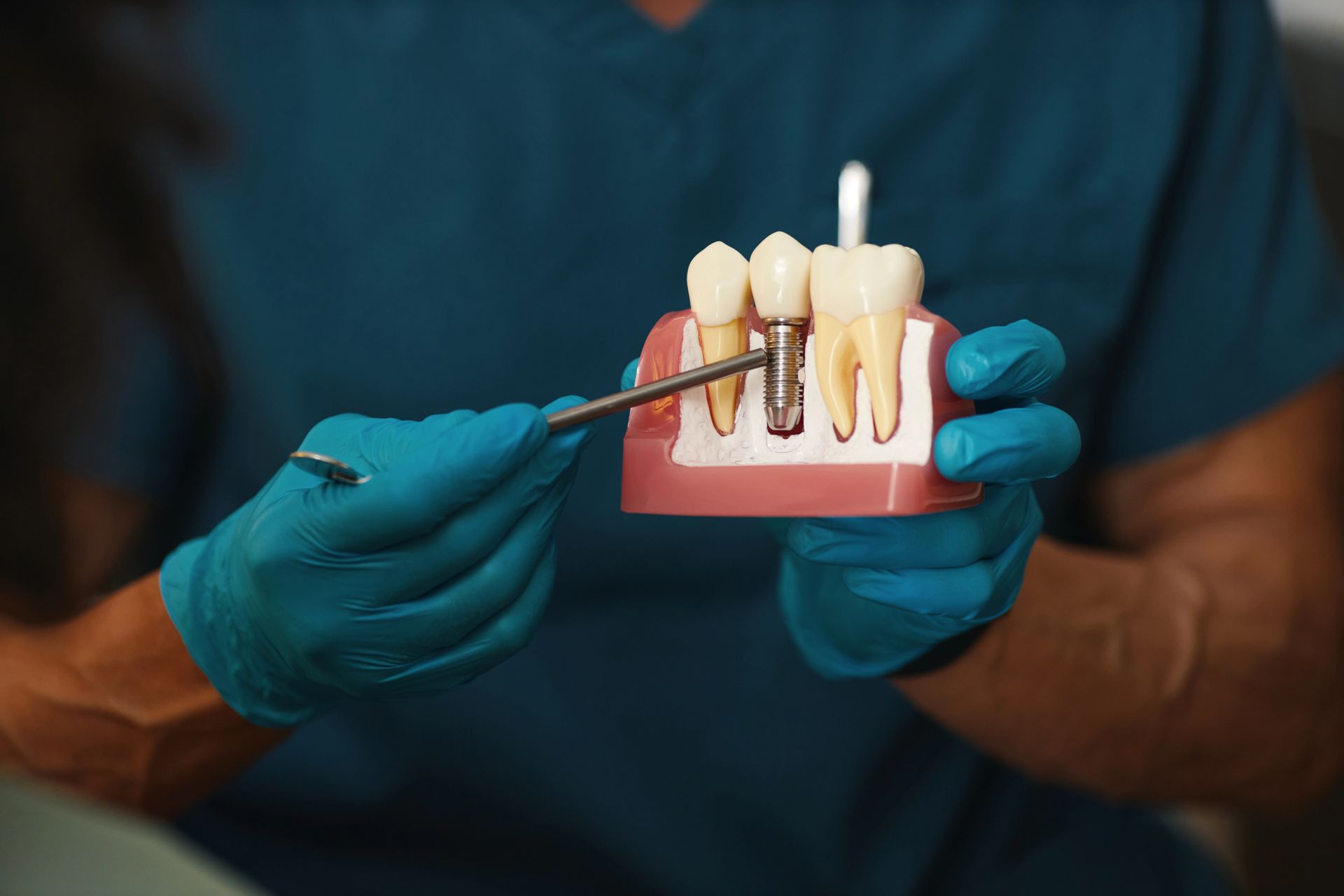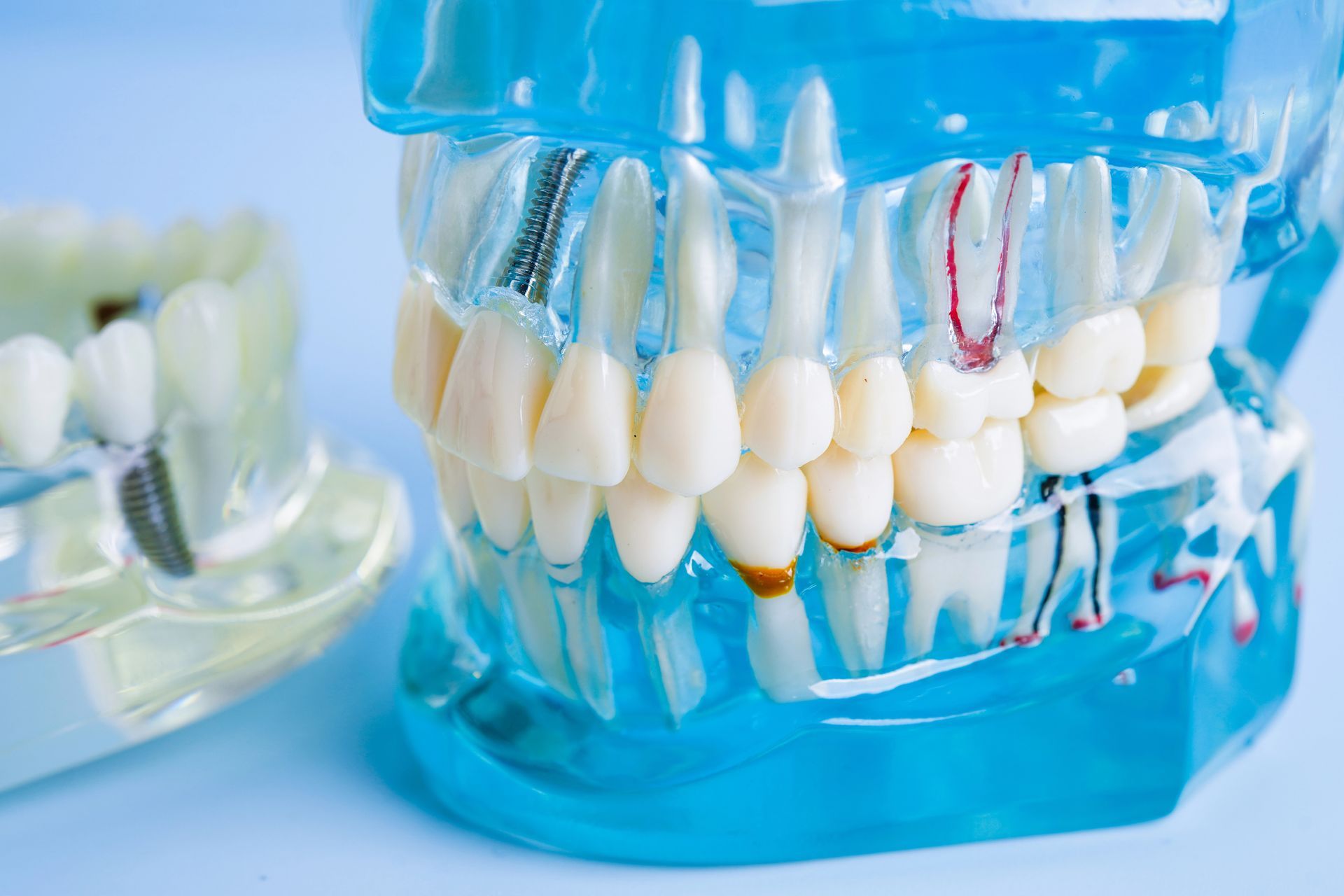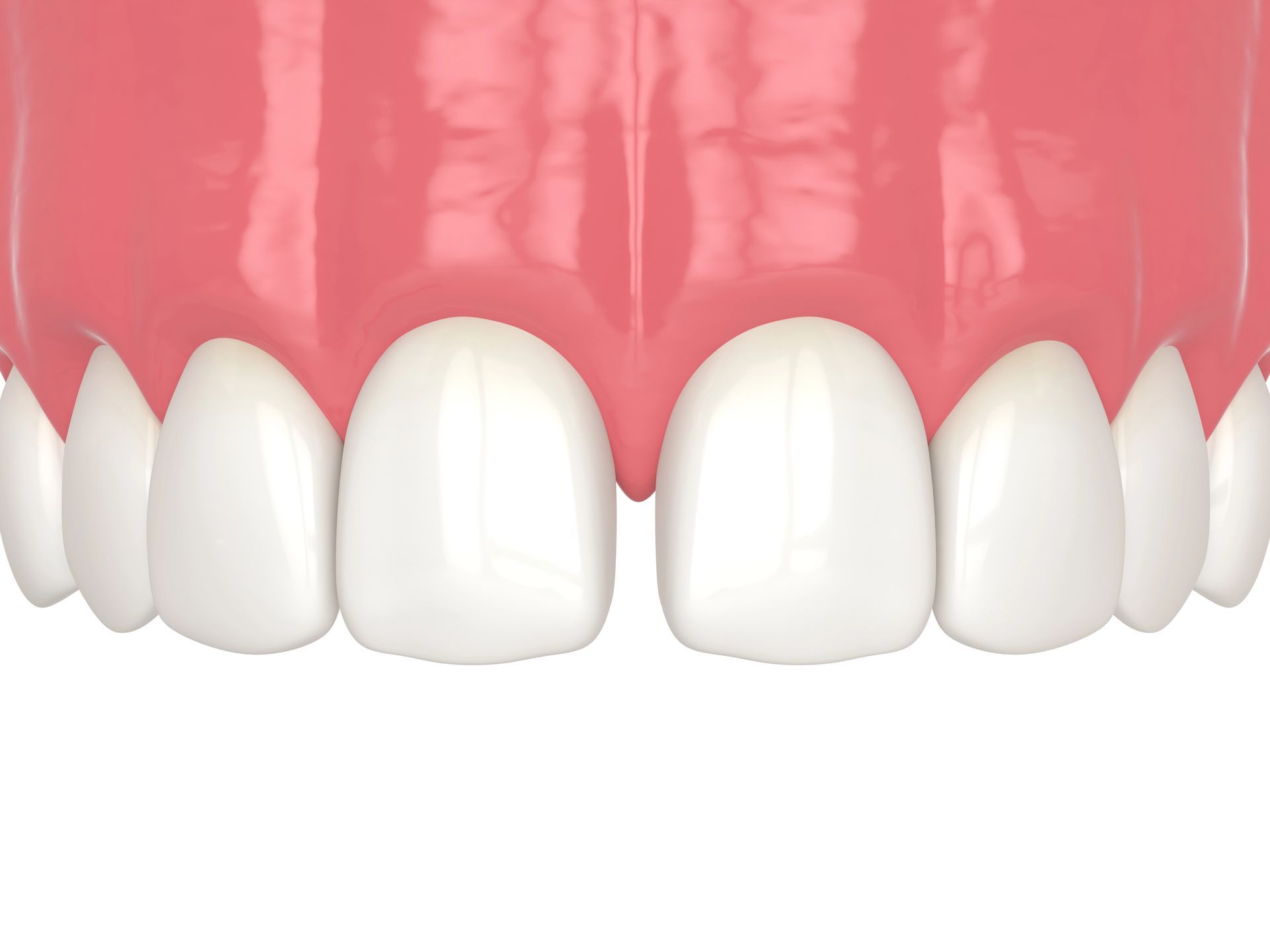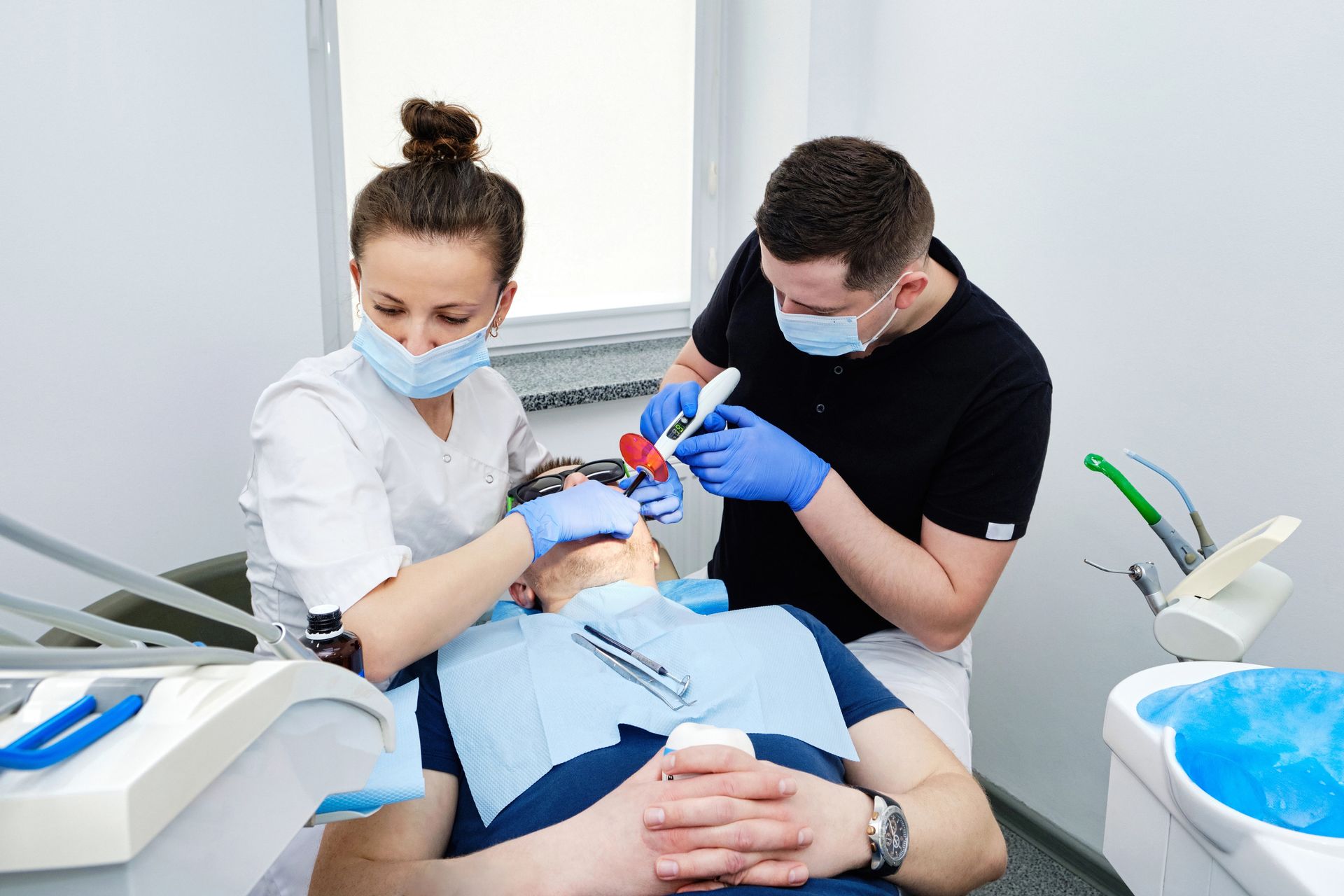Best Dentist for Dental Crowns Near Me How to Find Quality Care
Isaiah Davis • February 17, 2025
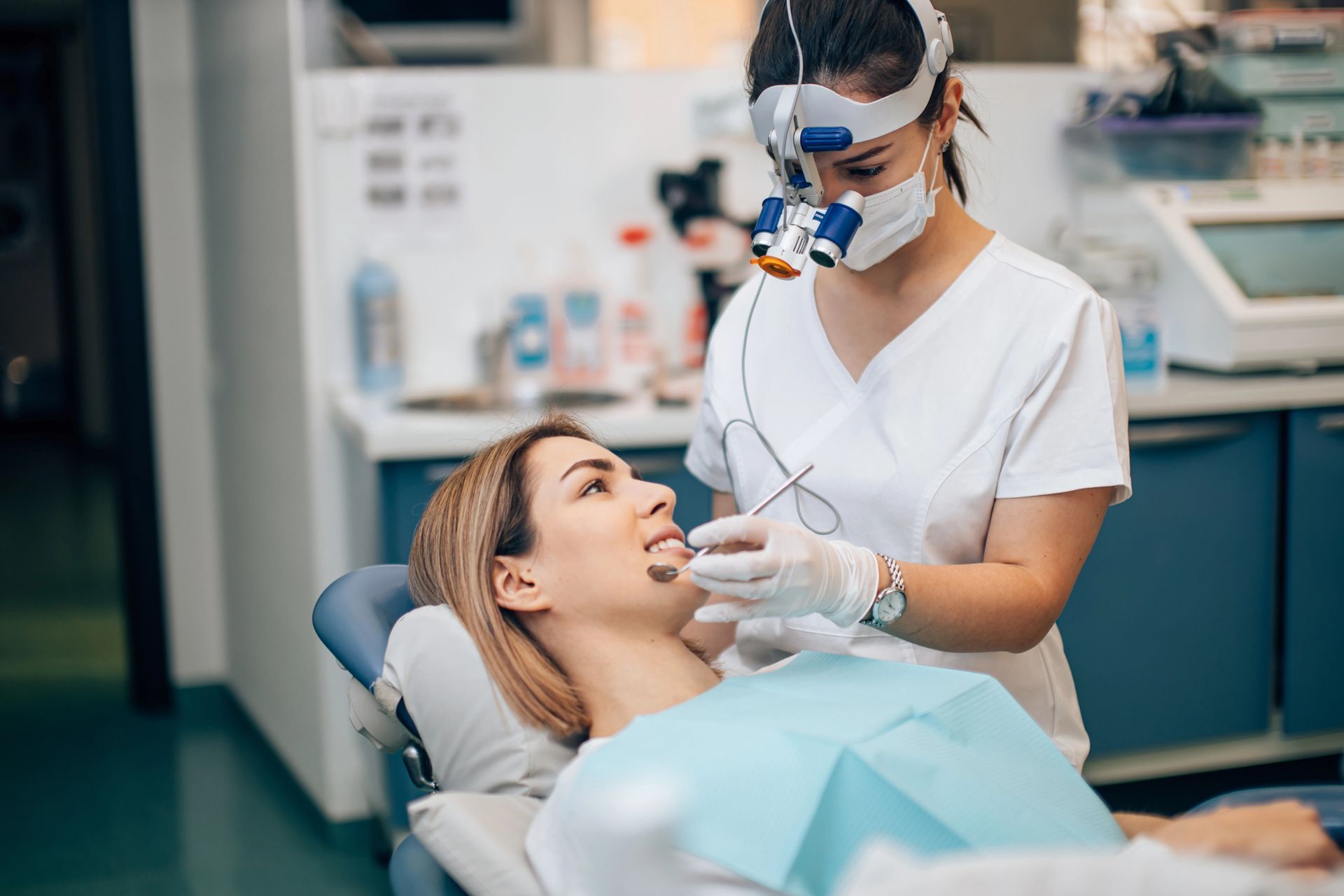
Are you searching for the best dentist for dental crowns near me to ensure quality care? Finding the right professional involves considering factors like experience and patient reviews, which can help guide you to a trusted provider in your area. Quality care is essential for successful dental crown procedures, ensuring both functionality and aesthetics are achieved.
Best dentist for dental crowns near me
When searching for the best dentist for dental crowns near me, it's important to understand some of the common causes of tooth sensitivity, which can often be a concern for those needing dental crowns. Tooth sensitivity can arise from various factors, including enamel erosion, gum recession, or even recent dental procedures. Enamel erosion occurs when the protective outer layer of the tooth wears away, exposing the sensitive dentin underneath. Gum recession, on the other hand, can expose the roots of the teeth, leading to increased sensitivity. These conditions can make it uncomfortable to consume hot, cold, or sweet foods and beverages.
Another common cause of tooth sensitivity is tooth decay or cavities, which can create small holes in the teeth that expose the nerves. Additionally, cracked or chipped teeth can also lead to sensitivity as they may expose the inner layers of the tooth. For those who have recently undergone dental procedures, such as getting a temporary crown, sensitivity might be a temporary side effect. It's crucial to follow proper care guidelines during this period. For more information on managing sensitivity and protecting your teeth after such procedures, you can visit our page on Temporary Dental Crown Care Tips How to Protect Your Tooth. Understanding these causes can help you communicate effectively with the best dentist for dental crowns near me to ensure you receive quality care tailored to your needs.
Types of Dental Crowns
When searching for the best dentist for dental crowns near me, it's essential to understand the different types of dental crowns available. Dental crowns can be made from a variety of materials, each offering unique benefits. Common types include porcelain crowns, which are popular for their natural appearance and ability to blend seamlessly with existing teeth. Metal crowns, often made from gold or other alloys, are known for their durability and strength. Additionally, porcelain-fused-to-metal crowns combine the aesthetic appeal of porcelain with the robustness of metal, making them a versatile choice for many patients.
Another option is ceramic crowns, which are highly favored for their lifelike appearance and compatibility with the body's natural tissues. Resin crowns, while less durable than other types, can be a more affordable option for those seeking a temporary solution. Understanding these options can help you make an informed decision when consulting with a dental professional. For more information on dental crown options, visit our page on Columbia Dental Crown
Solutions.
Crown Placement Process
Understanding the crown placement process is essential when searching for the best dentist for dental crowns near me. This procedure typically involves multiple steps, beginning with an initial consultation where the dentist evaluates the tooth's condition and discusses treatment options. The next phase usually includes preparing the tooth by removing any decay and shaping it to fit the crown perfectly. An impression of the tooth is then taken to create a custom crown that matches the natural teeth in color and shape. Once the crown is ready, it is carefully placed over the prepared tooth and secured with dental cement, ensuring a comfortable fit and restoring the tooth's function and appearance.
Temporary vs Permanent Crowns
When searching for the best dentist for dental crowns near me, understanding the difference between temporary and permanent crowns is essential. Temporary crowns are typically used as a short-term solution to protect a tooth while waiting for a permanent crown to be crafted. They are made from less durable materials and are designed to last only a few weeks. In contrast, permanent crowns are custom-made to fit your tooth precisely and are constructed from more robust materials like porcelain or metal, offering long-lasting protection and functionality. If you're considering dental crowns, it's important to consult with a professional who can guide you through the process. For those in the Columbia area, Design Dentistry Columbia is a trusted option, and you can learn more by visiting their Columbia Dentist
page.
Nerve Irritation and Inflammation
When searching for the best dentist for dental crowns near me, it's important to understand potential issues like nerve irritation and inflammation that can arise during the procedure. Dental crowns, while effective in restoring damaged teeth, may sometimes lead to discomfort due to the proximity of the dental work to the tooth's nerve. This can result in temporary sensitivity or inflammation, which is a common response as the tooth adjusts to the new crown. Being aware of these possibilities can help you have informed discussions with your dentist about what to expect during your treatment journey.
Gum Recession and Sensitivity
When searching for the best dentist for dental crowns near me, it's important to consider how gum recession and sensitivity might impact your dental health. Gum recession occurs when the gum tissue surrounding the teeth pulls back, exposing more of the tooth or its root, which can lead to increased sensitivity. This condition can make it uncomfortable to consume hot or cold foods and beverages, and it may also affect the fit and longevity of dental crowns. Understanding the relationship between gum health and dental crowns is crucial in ensuring that your dental care provider can address these issues effectively, providing a comfortable and lasting solution for your oral health needs.
Identifying Symptoms of Sensitivity
Experiencing dental sensitivity can be a common concern for many individuals seeking the best dentist for dental crowns near me. This sensitivity often manifests as a sharp, temporary pain when consuming hot, cold, sweet, or acidic foods and beverages. It may also occur during brushing or flossing, indicating that the underlying dentin is exposed or that there may be an issue with a dental crown. Recognizing these symptoms is crucial in understanding the need for professional dental care, as it can help in addressing potential issues early on and ensuring that your dental health is maintained effectively.
Professional Treatments for Relief
When searching for the best dentist for dental crowns near me, it's essential to consider the professional treatments available that can provide relief and restore your dental health. Dental crowns are a common solution for damaged or weakened teeth, offering both functional and aesthetic benefits. A qualified dentist will assess your specific needs and utilize advanced techniques to ensure that the crown fits seamlessly with your natural teeth, enhancing your smile and improving oral function. By choosing a dentist who specializes in dental crowns, you can expect a high standard of care that prioritizes your comfort and long-term dental health.
Preventive Measures for Future Crowns
When searching for the best dentist for dental crowns near me, it's important to consider the role of preventive measures in maintaining the longevity of your dental work. Preventive care is essential in reducing the likelihood of needing additional crowns in the future. This involves regular dental check-ups and maintaining good oral hygiene practices, which can help identify potential issues before they require more extensive treatment. By focusing on prevention, you can ensure that your dental crowns remain in optimal condition, contributing to overall oral health and reducing the need for further restorative procedures.
Conclusion
Finding the best dentist for dental crowns near me is crucial for ensuring quality care, so don't hesitate to explore reviews on Google Maps
and call 803-373-1069
for more information.





